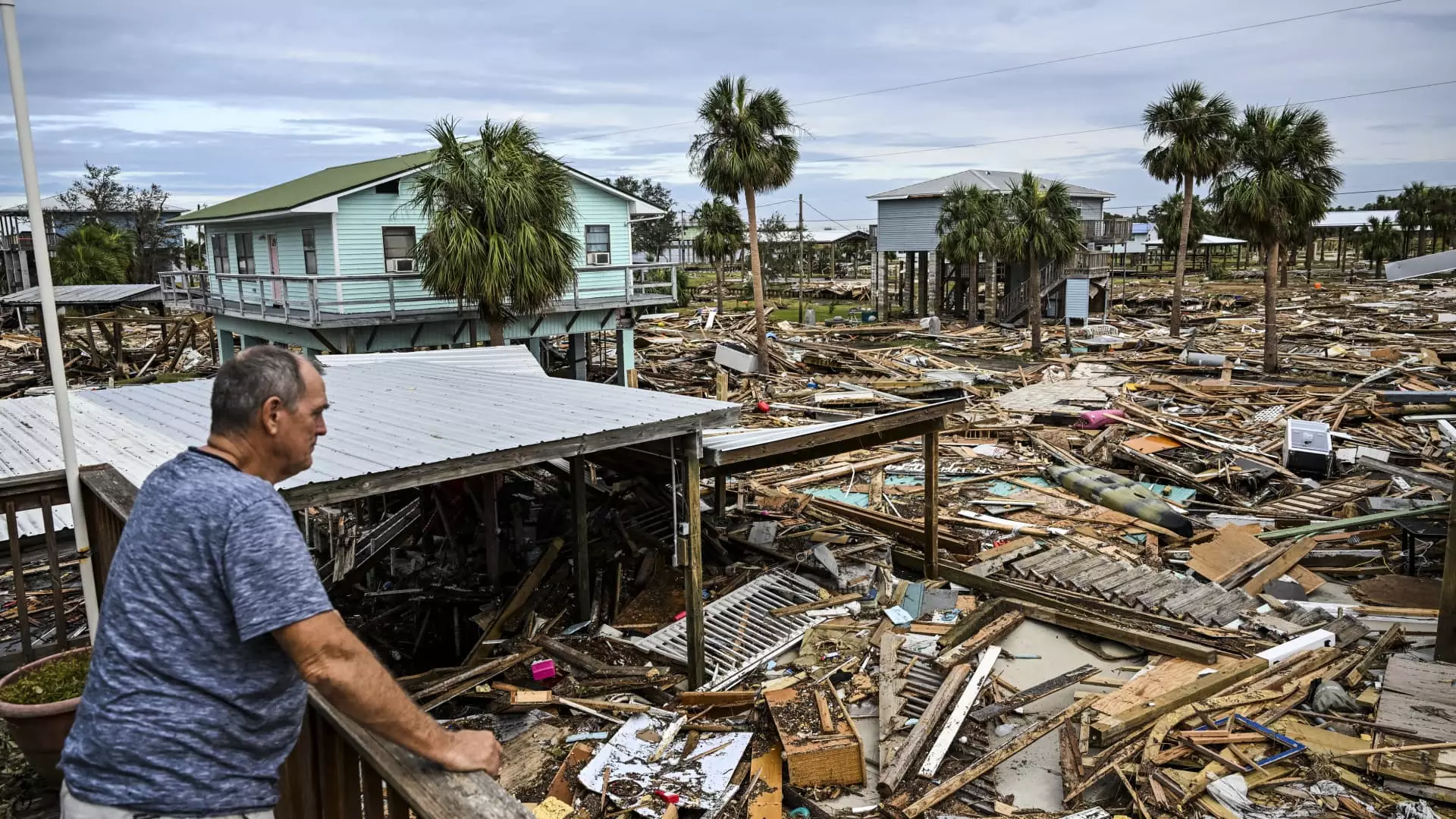Natural disasters, including hurricanes, floods, and other severe weather events, often leave homeowners grappling with significant property damage. Understanding the intricacies of filing a homeowners insurance claim in the aftermath of such incidents is essential for effective recovery. This article aims to provide a comprehensive guide on how to file a claim efficiently, highlighting critical steps you can take to ensure a smoother process and mitigate financial loss.
The aftermath of a severe weather event can be overwhelming, not only physically but also emotionally. For instance, Hurricane Helene has already resulted in insured losses exceeding $6 billion, highlighting the devastating financial repercussions these disasters can have on communities. Furthermore, experts are monitoring Hurricane Milton, which is predicted to be an unprecedented storm potentially causing record-breaking damage. In the face of such calamities, it’s imperative to begin the claims process as soon as you can do so safely.
Every moment counts when dealing with insurance claims. Insurers are inundated with filings in the wake of disasters. According to Shannon Martin, a licensed insurance agent, claims are processed on a first-come, first-served basis. Thus, delaying your claim not only prolongs the financial strain but may also impede your recovery efforts.
Once the danger has passed, your first move should be to notify your insurance company about the damage. Most insurance experts recommend that homeowners have a disaster preparedness kit that includes their insurance policy and important contact numbers to facilitate this process. Jeremy Porter, a climate implications researcher, emphasizes the importance of contacting your insurer immediately after a disaster, regardless of your location at the time.
If you’ve evacuated your home, you can initiate the claims process remotely. However, homeowners who weather the storm in their houses must take immediate steps to prevent additional damage before reaching out. It’s critical not only to report the damage but also to document it thoroughly, which includes taking photographs and recording any loss of property.
Inadequate documentation may lead to disputes regarding the extent of the damage and the coverage that will apply. As noted by Porter, it is in your best interest to have visual evidence of the damage sustained, as this aids in aligning with what the insurer official noted during their assessment.
Upon notifying your insurer, begin documenting the damages and any emergency repair actions taken. For instance, homeowners may need to board up windows or tarp a damaged roof to prevent additional water intrusion, which must be recorded and reported to the insurer. Some policies stipulate that homeowners have a duty to protect the property immediately following a disaster. Failing to do so may jeopardize your claim.
According to Daniel Schwarcz, a professor of insurance law, maintaining an accurate record of any expenditures related to repairs is crucial. This includes saving receipts for materials used to prevent further damage and documenting the timeframe in which these repairs were performed.
It is also important to keep a log of any contracts or work done by service providers as you begin the rebuilding process. These documents serve as valuable resources should disputes arise later regarding what was damaged and what repairs were conducted.
The timing of your claim submission plays a vital role in the overall recovery process. Experts recommend filing any claim within three to five days post-incident to ensure it is tied appropriately to the events that caused the damage. The potential for complications increases dramatically if claims are filed too late or if new damage arises from subsequent disasters, such as a flood after wind damage has already been reported.
If different types of insurance are required for various incidents—like flood insurance versus homeowners coverage—submitting your claim in a timely manner becomes even more critical. Failure to do so can lead to conflicts between insurers over who is responsible for specific damages.
Successfully navigating the insurance claims process following a natural disaster requires diligence, organization, and prompt action. Homeowners must take steps to notify their insurers quickly, document the damages thoroughly, and maintain receipts for materials and contractors used during the recovery efforts. By understanding and addressing these aspects effectively, homeowners can significantly streamline the claims process, enhance their chances of full coverage, and begin the journey of recovery sooner. Proper preparation and quick action can mean the difference between a smooth recovery and a prolonged financial headache, helping you rebuild your life and home in the aftermath of a disaster.

